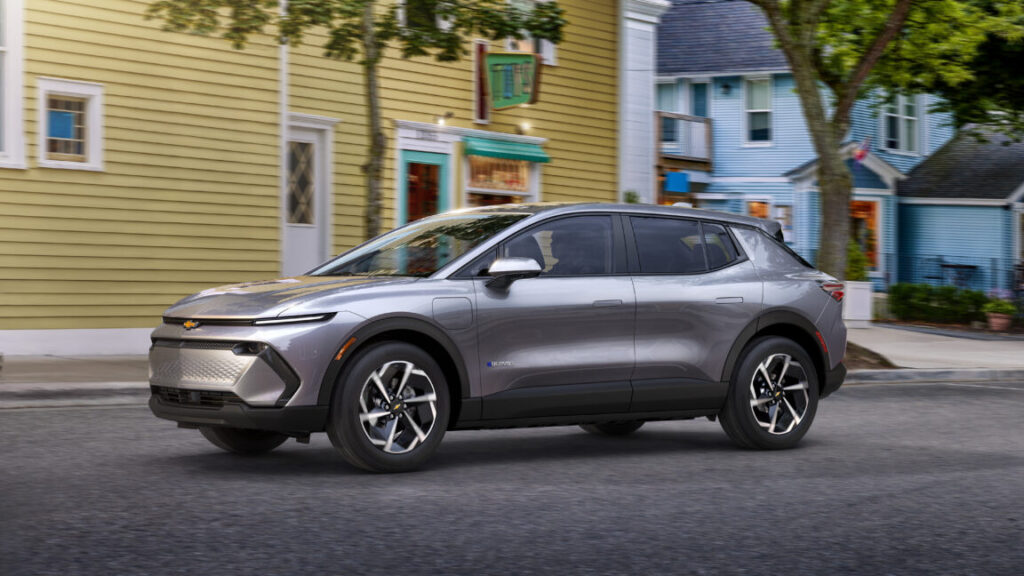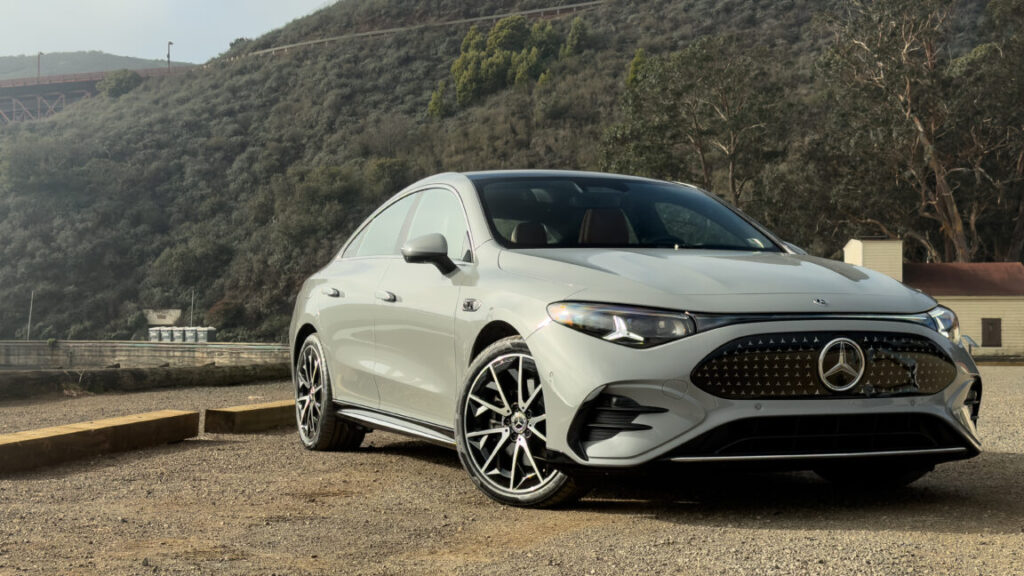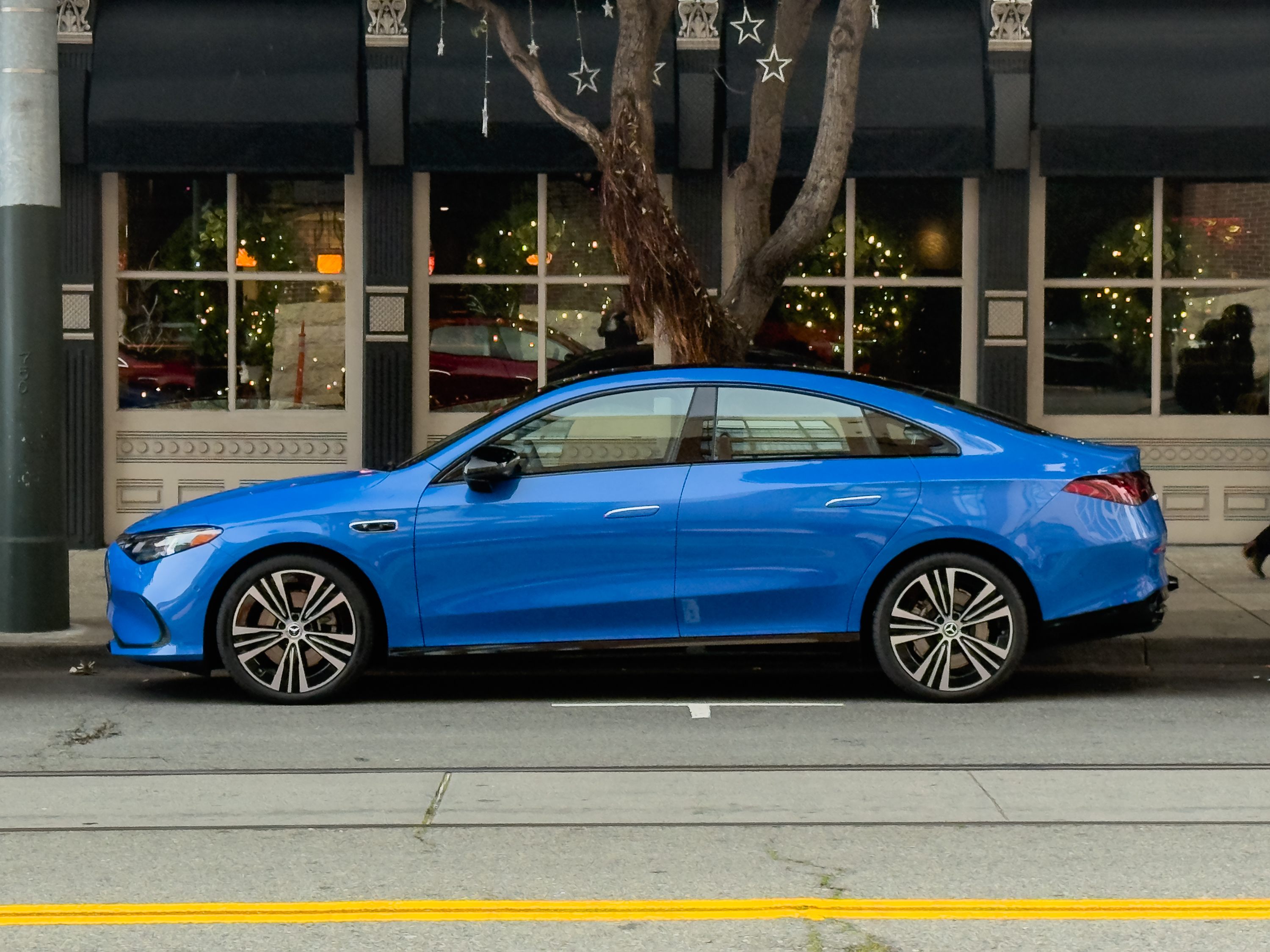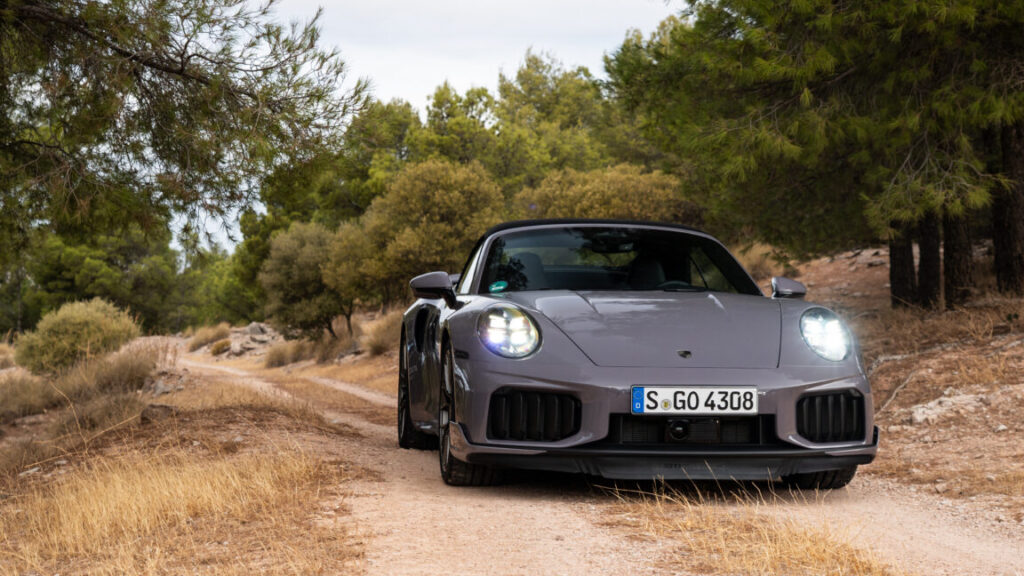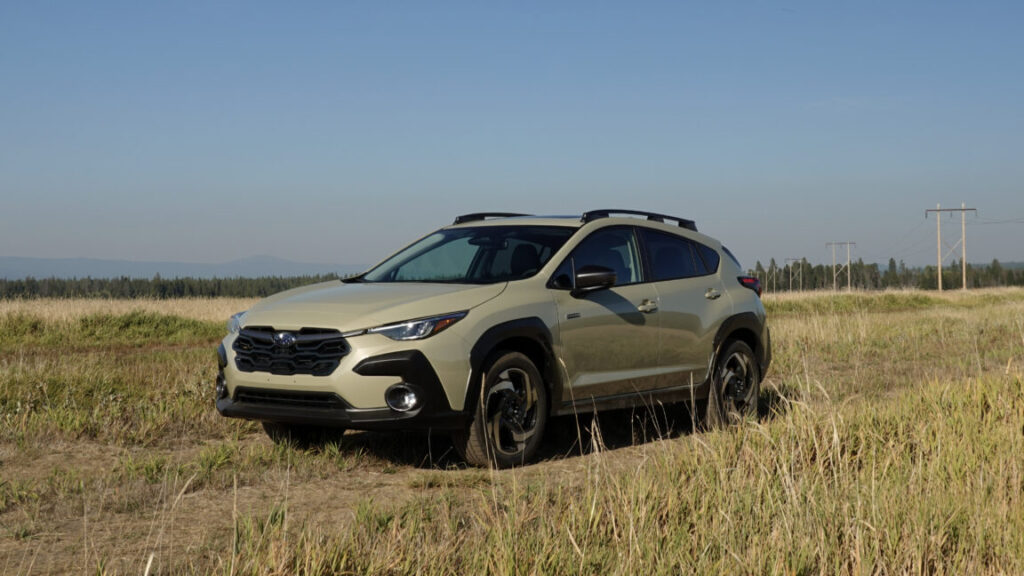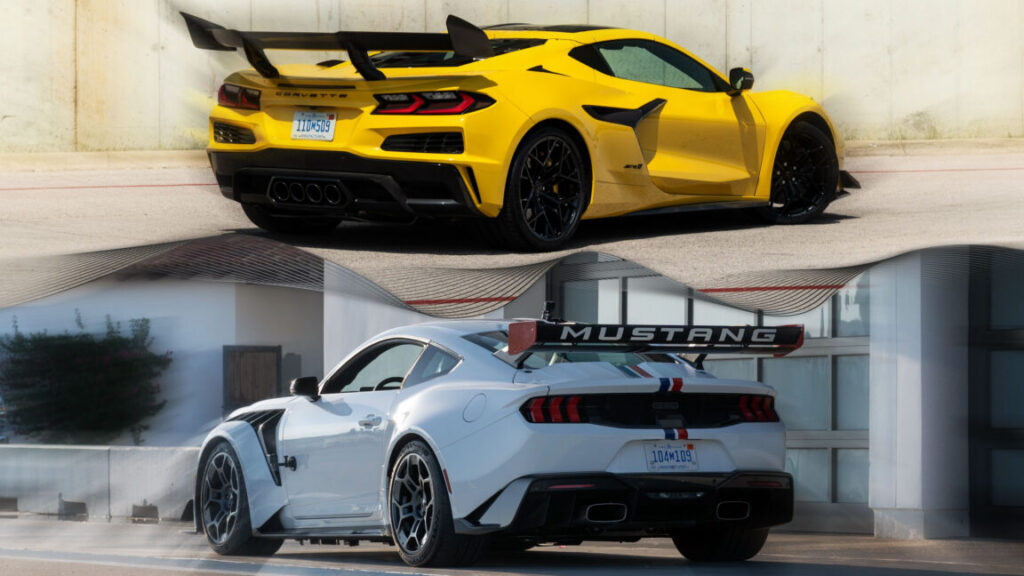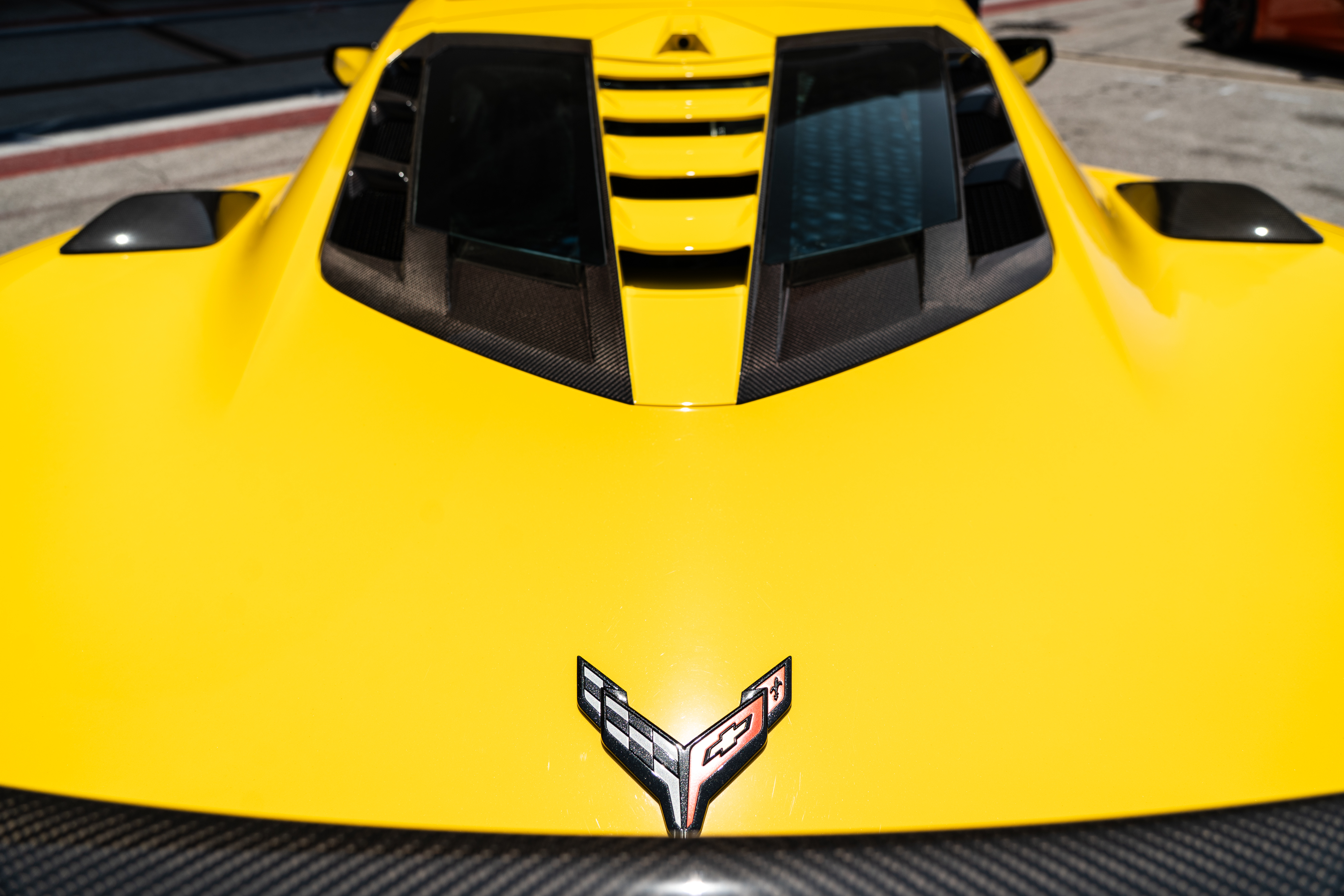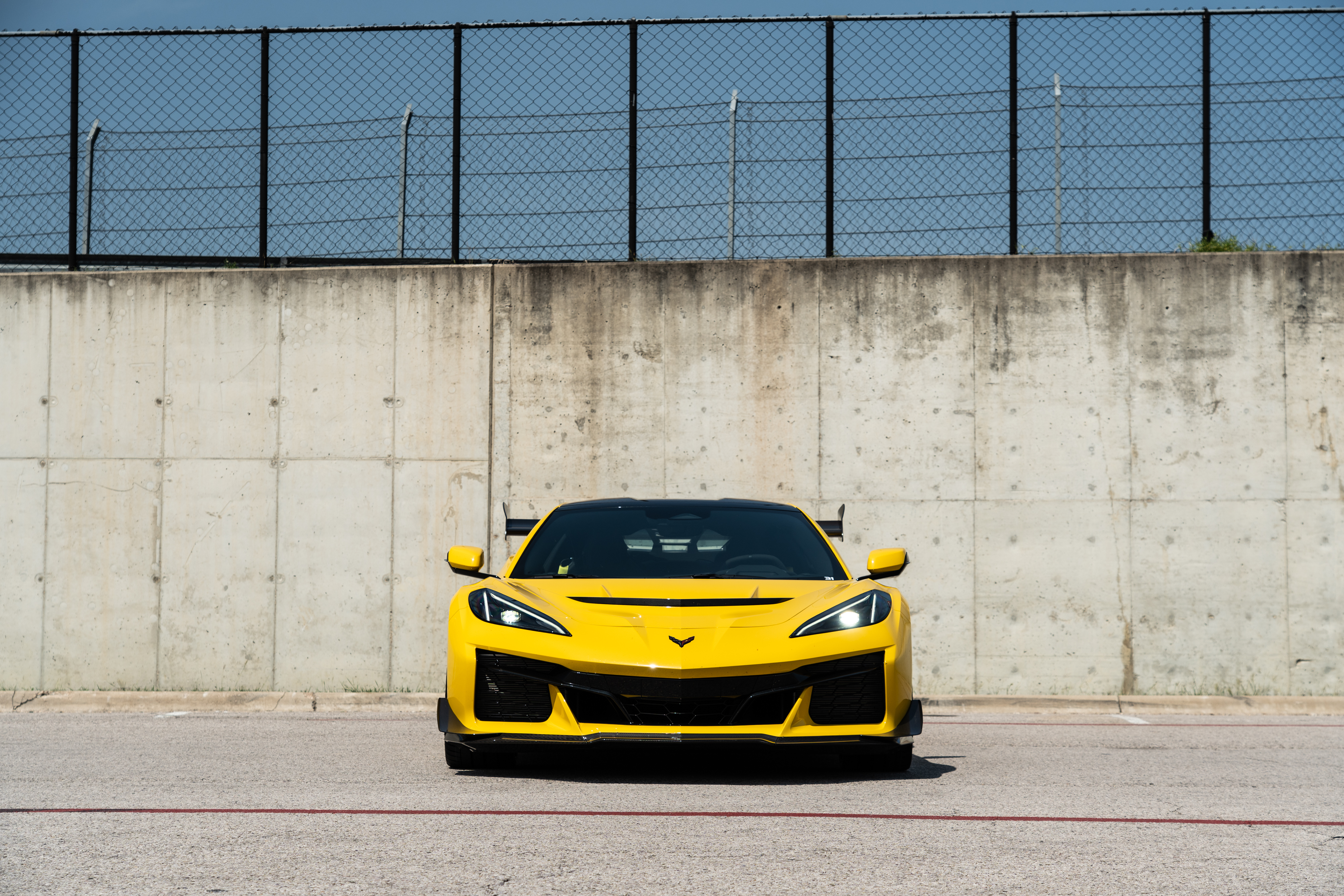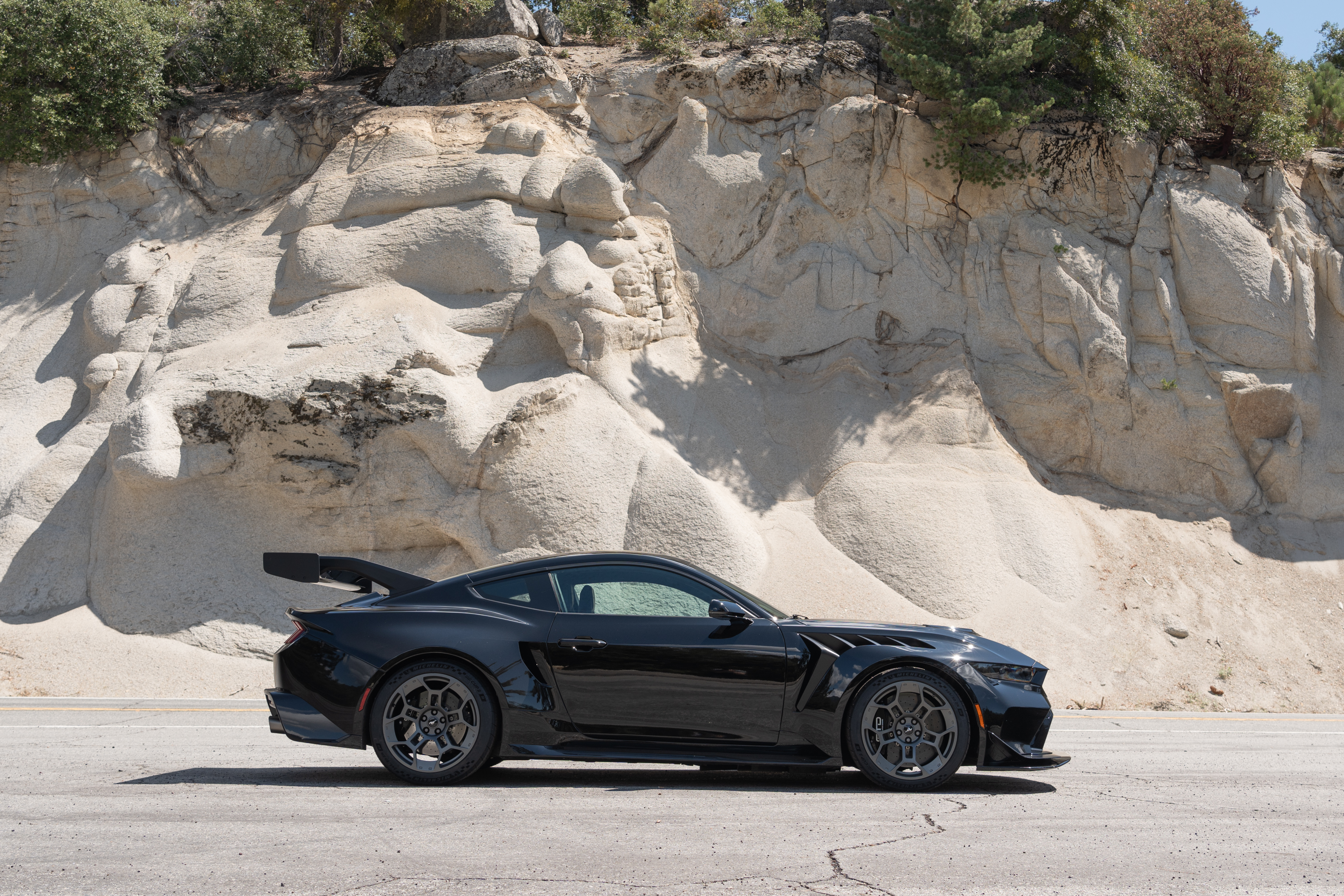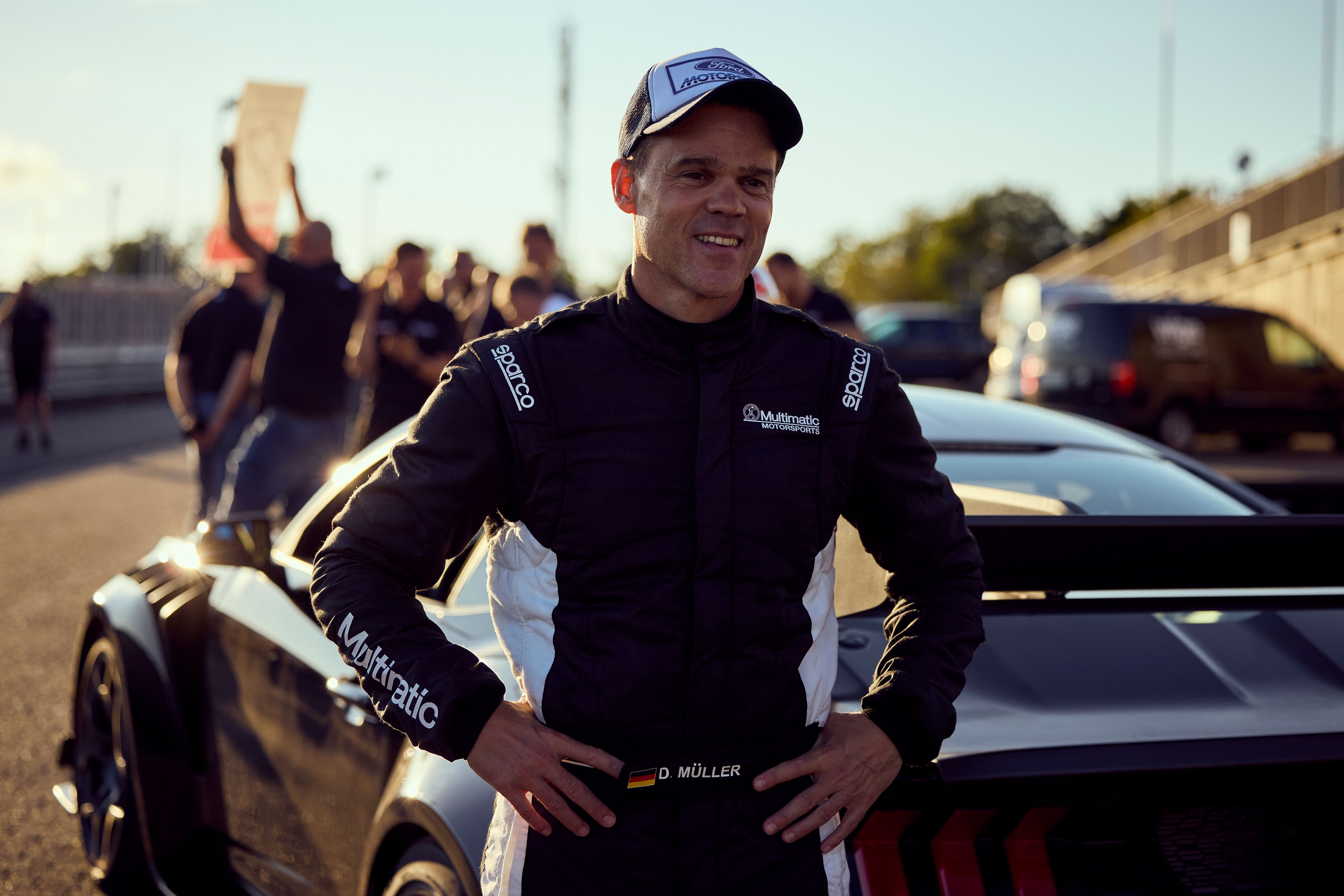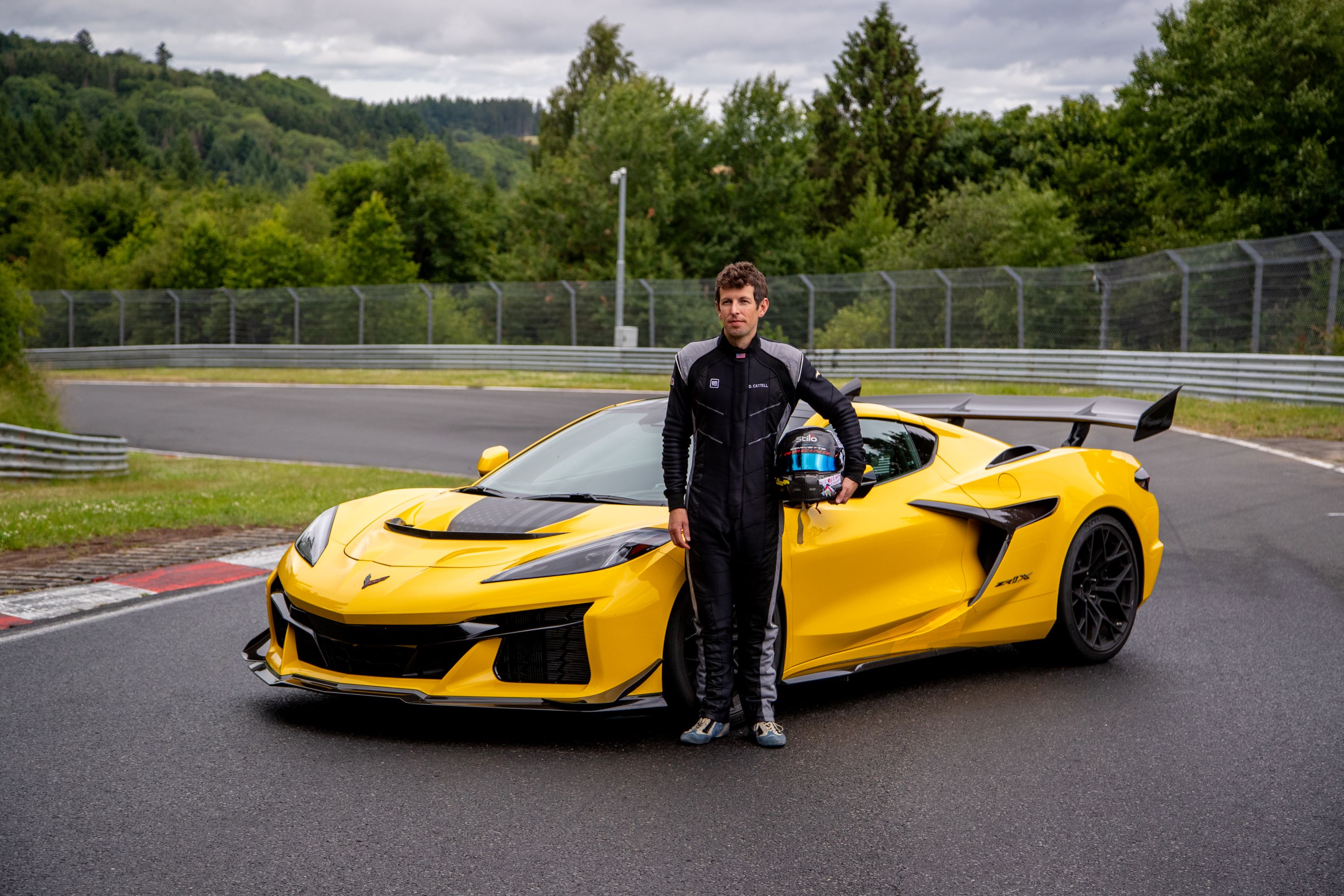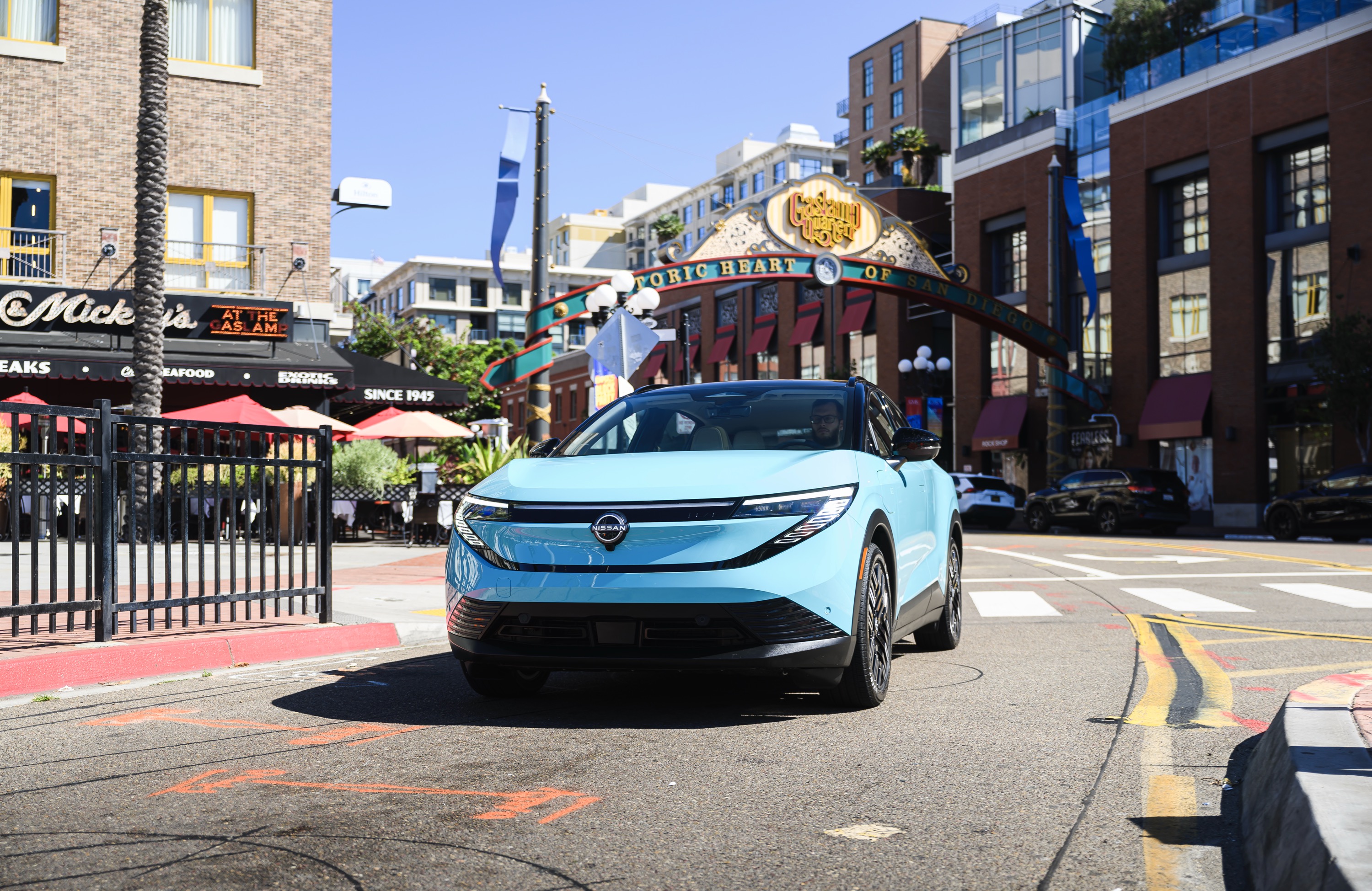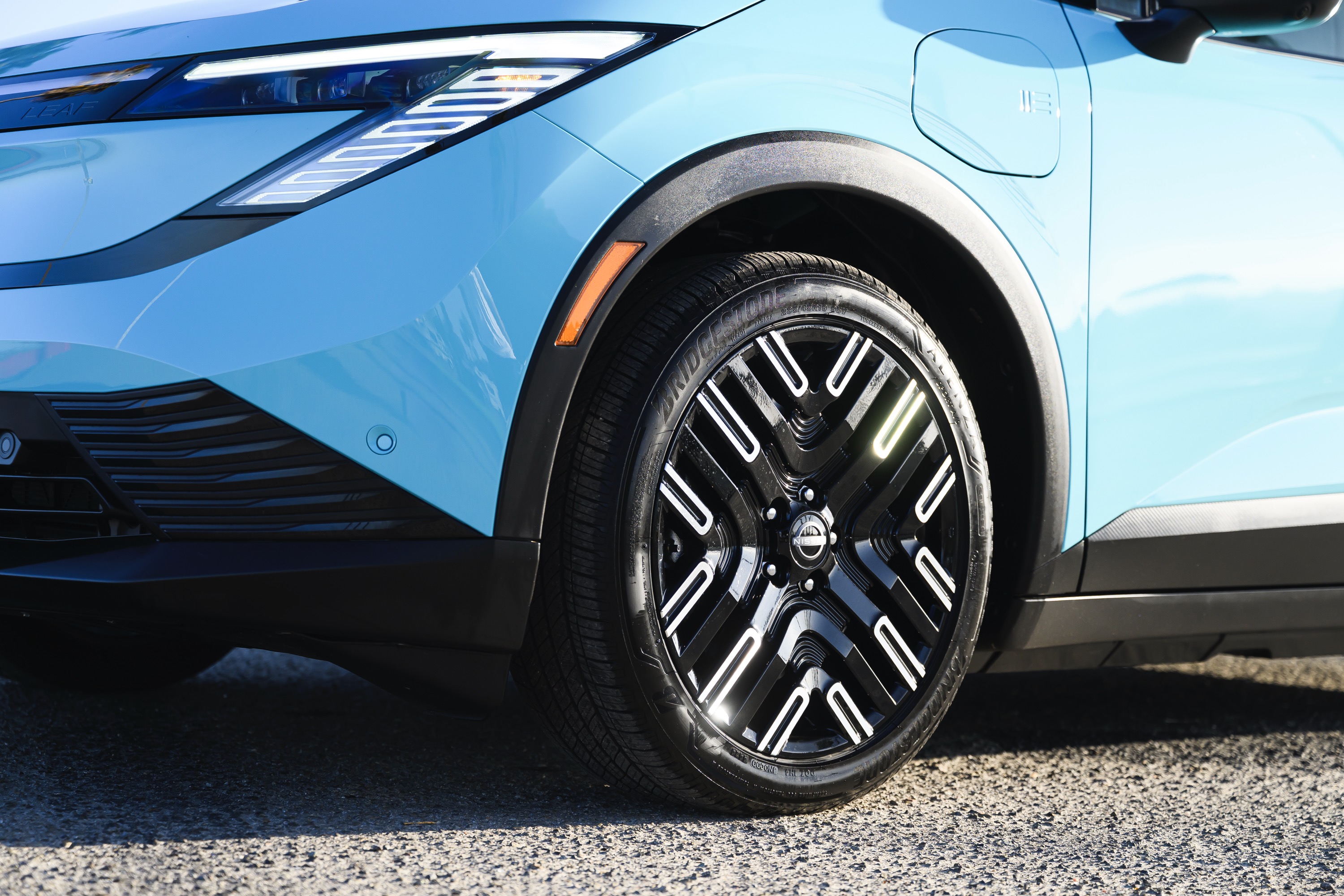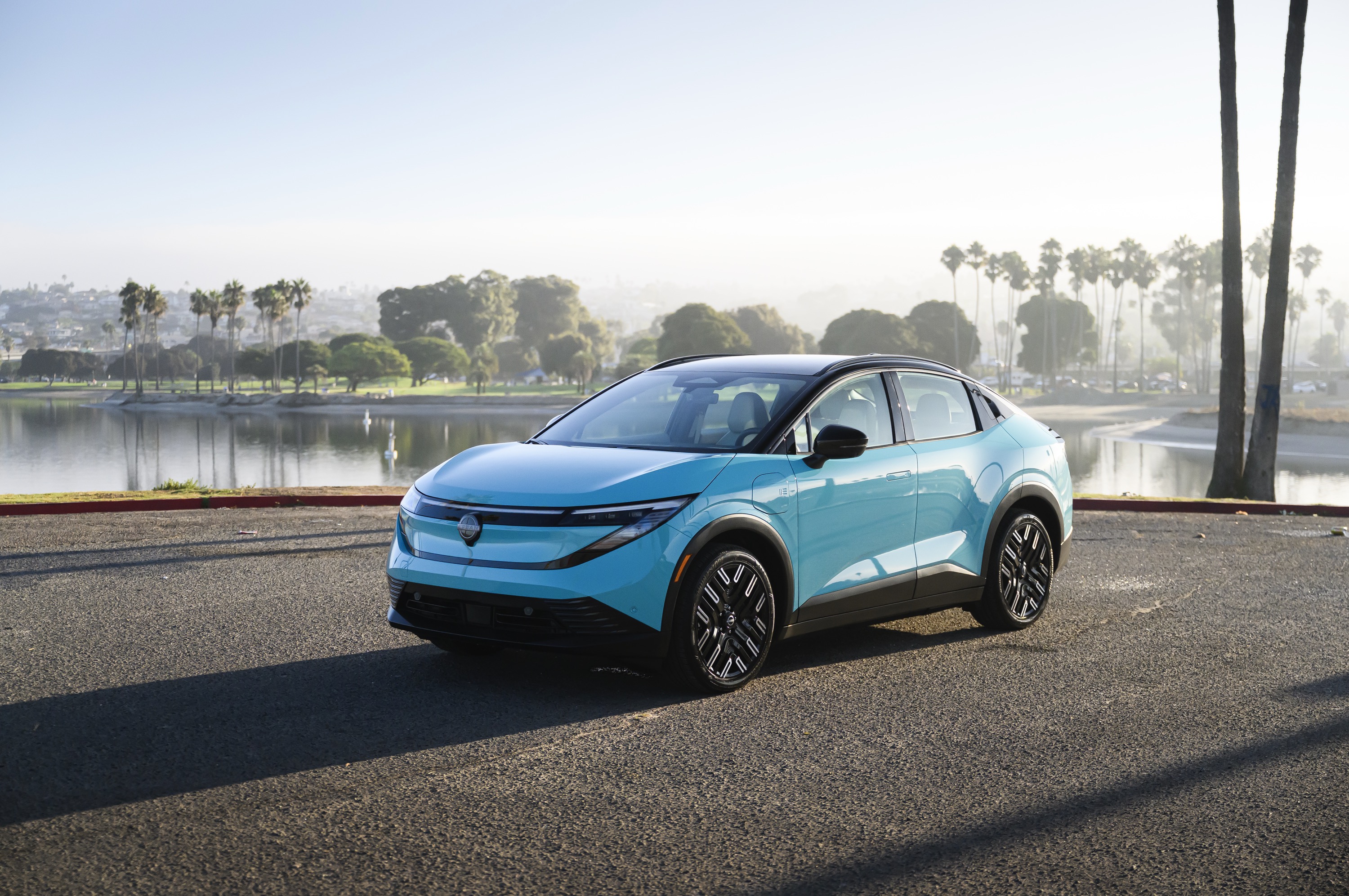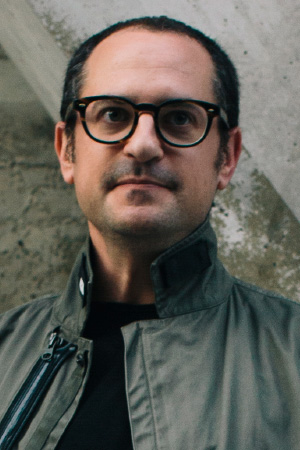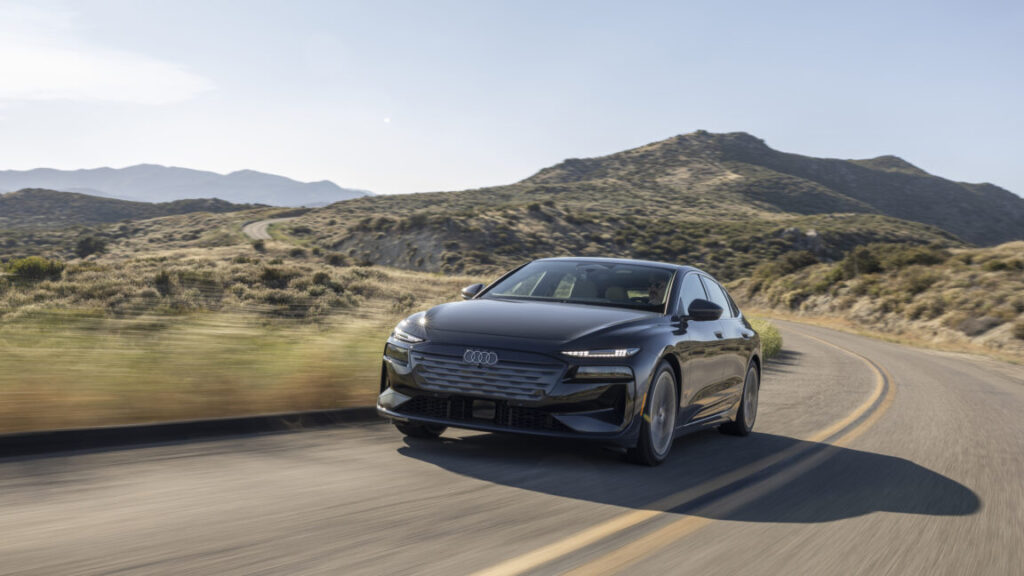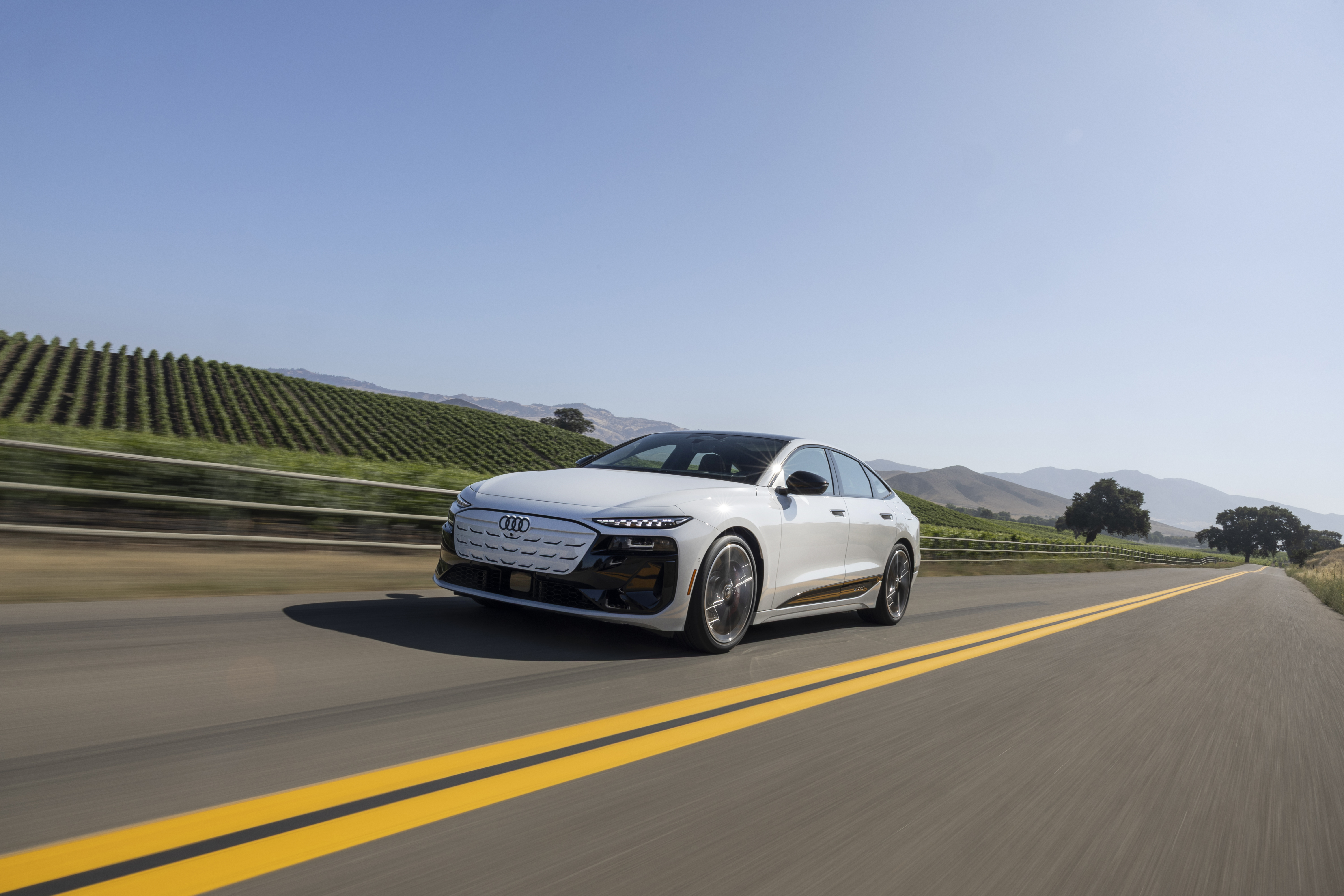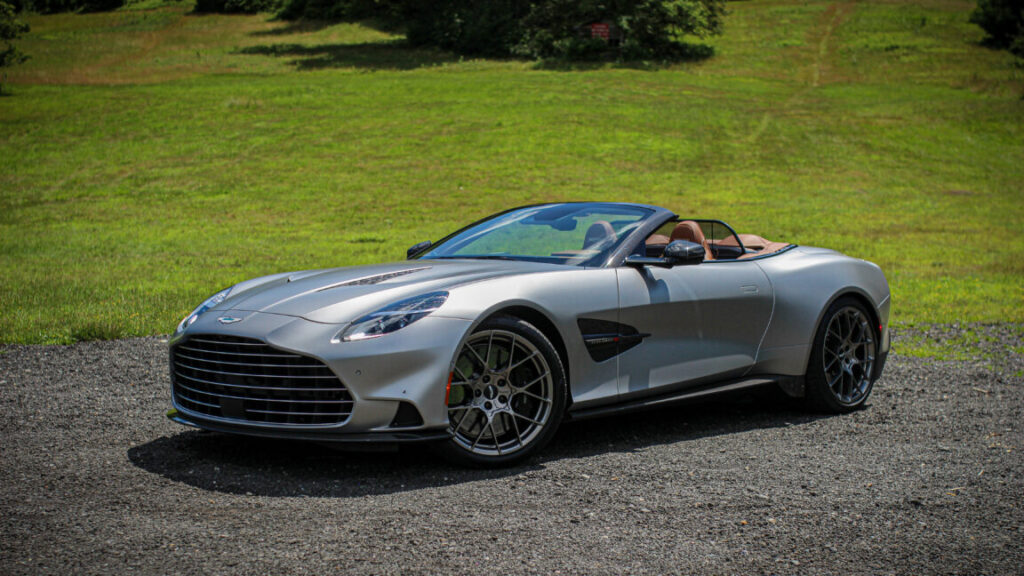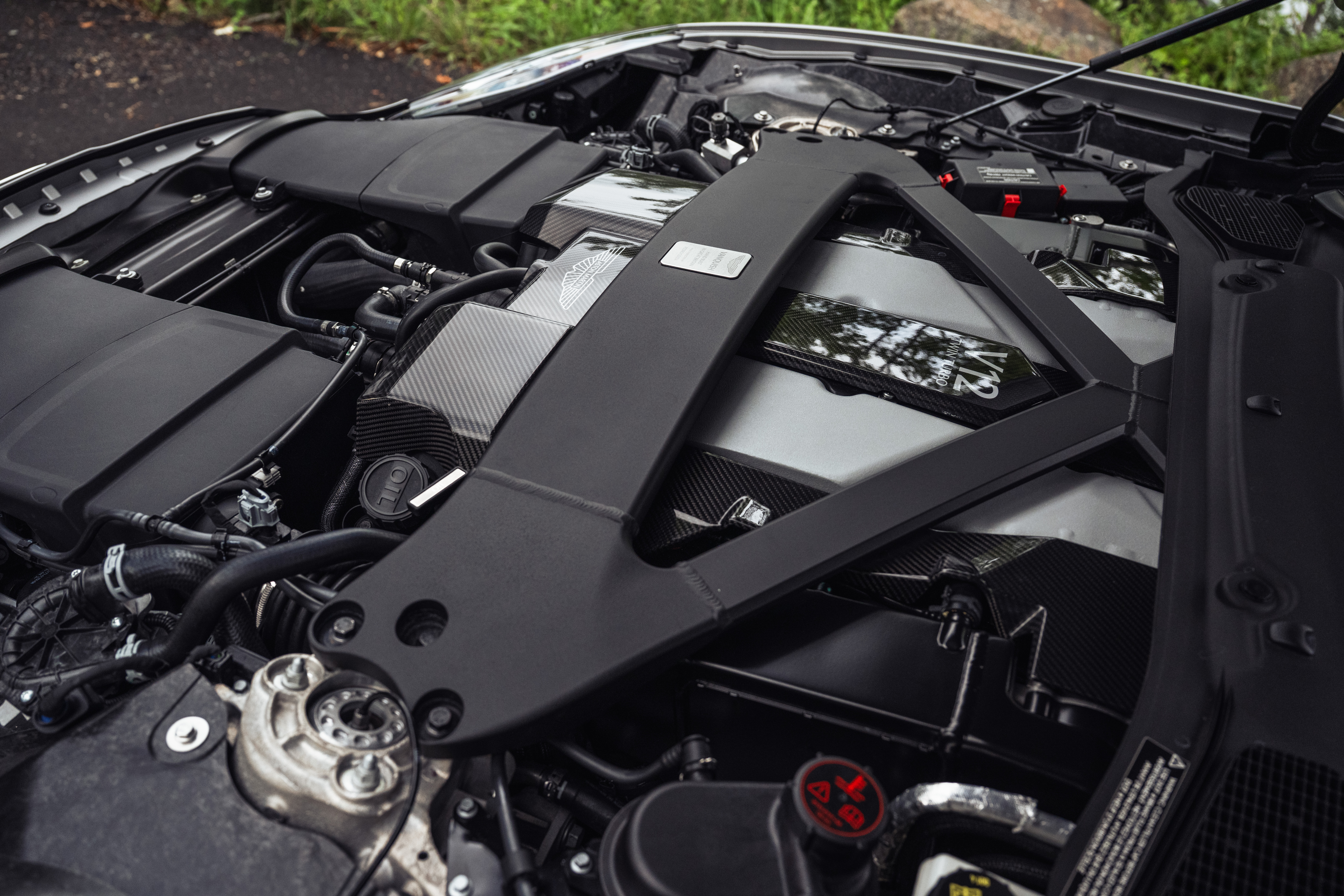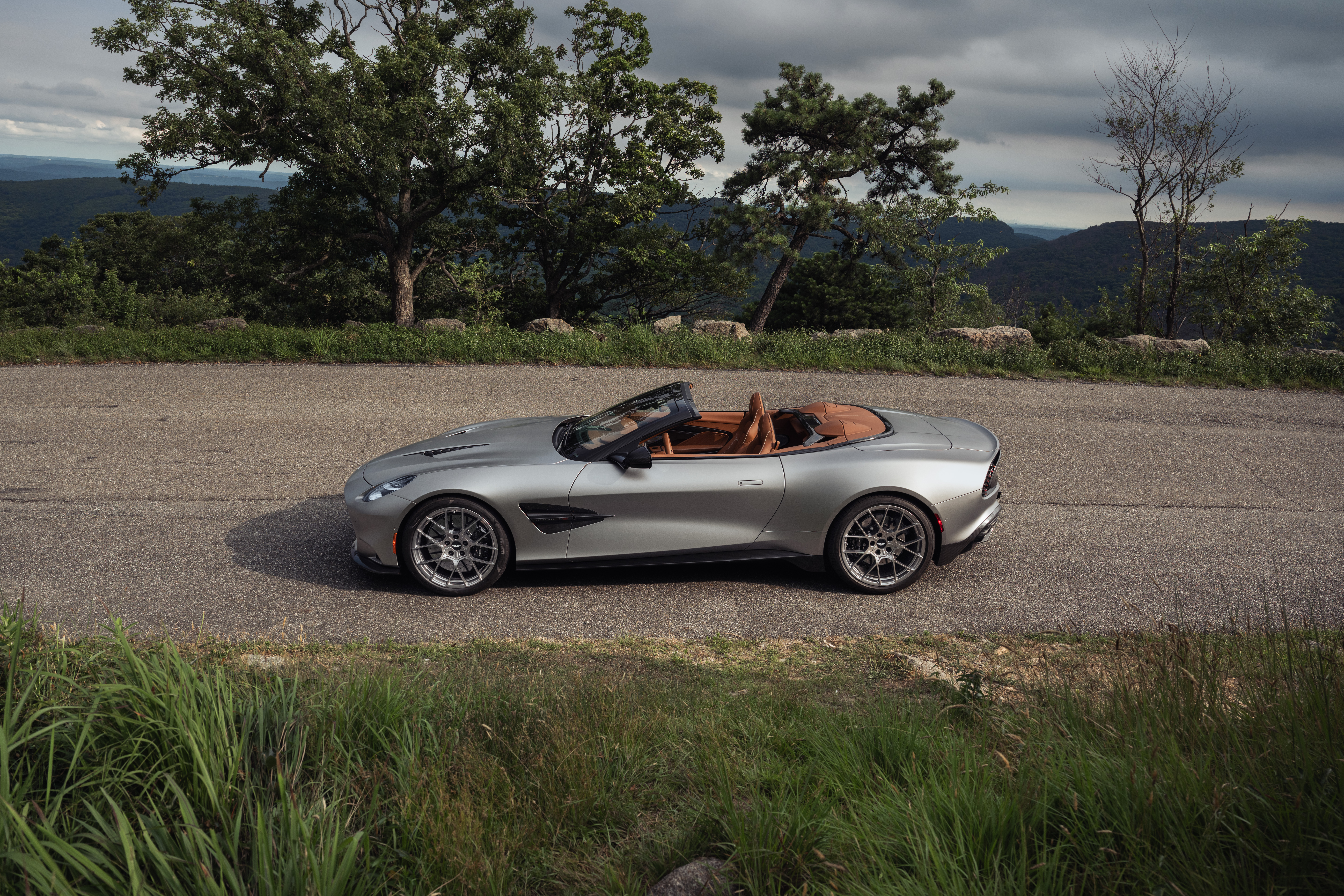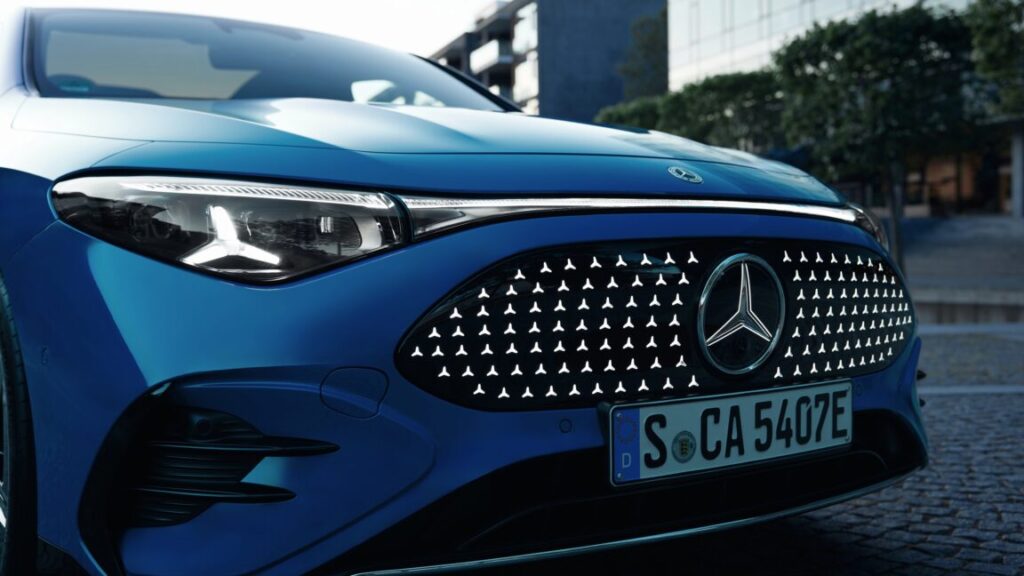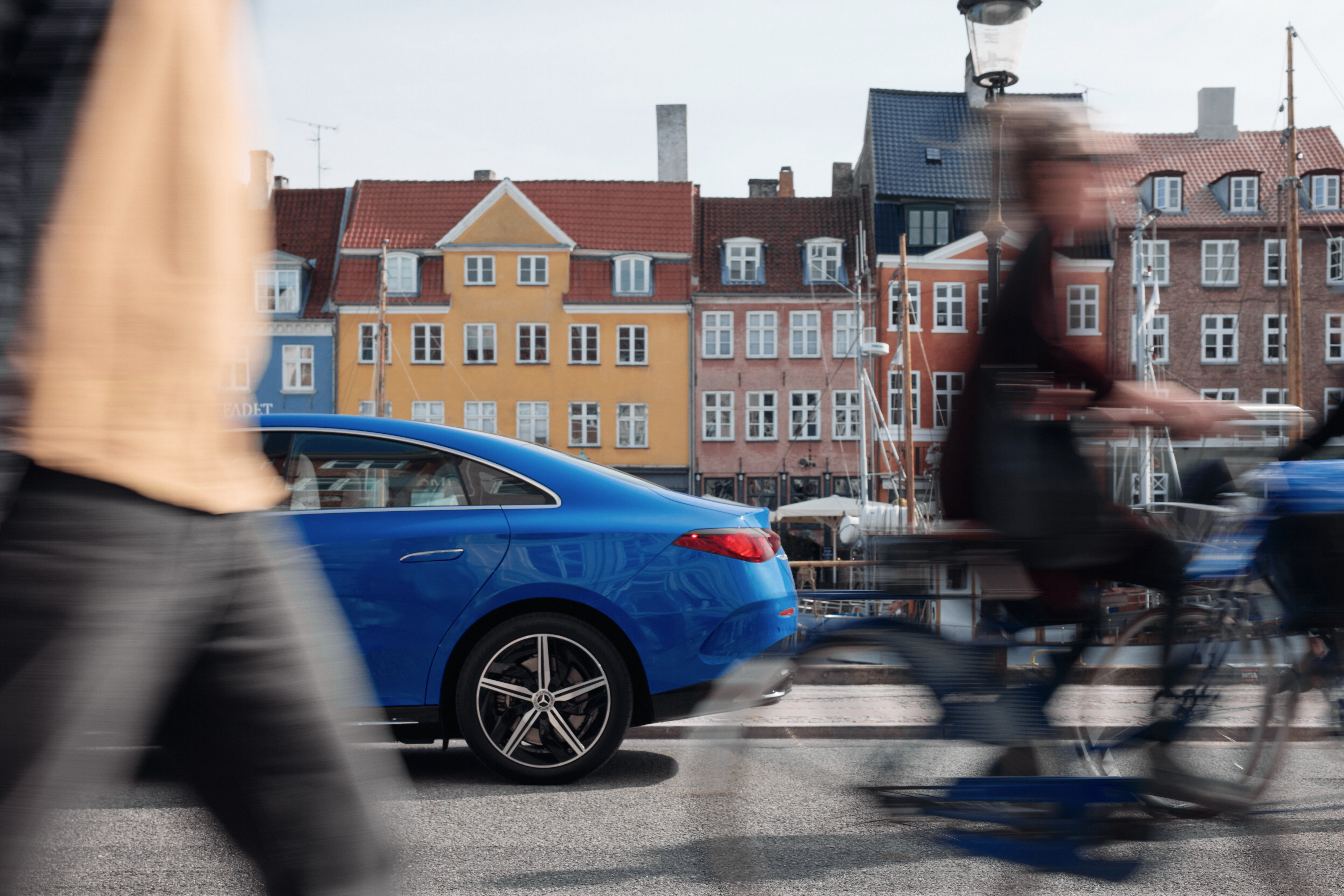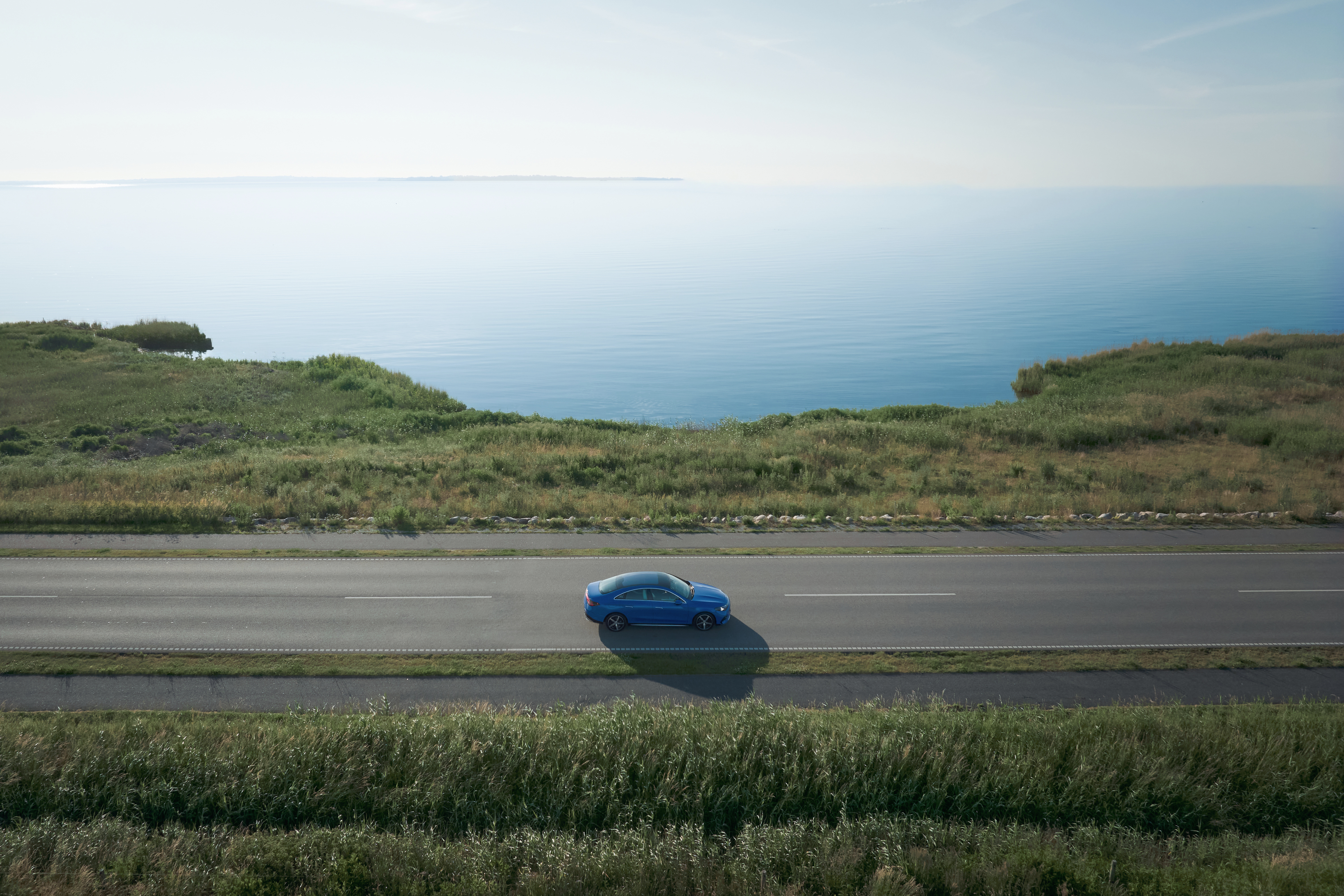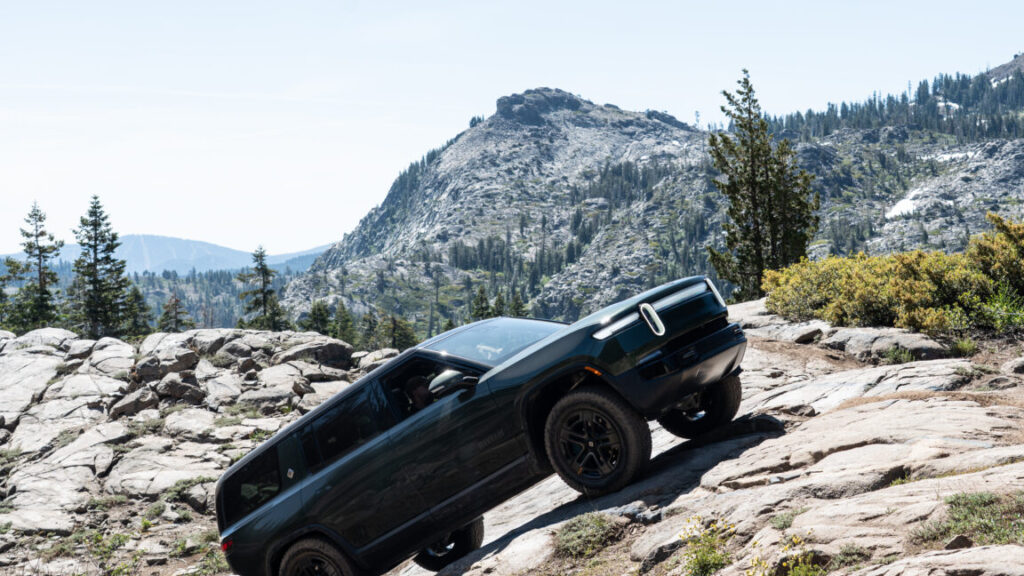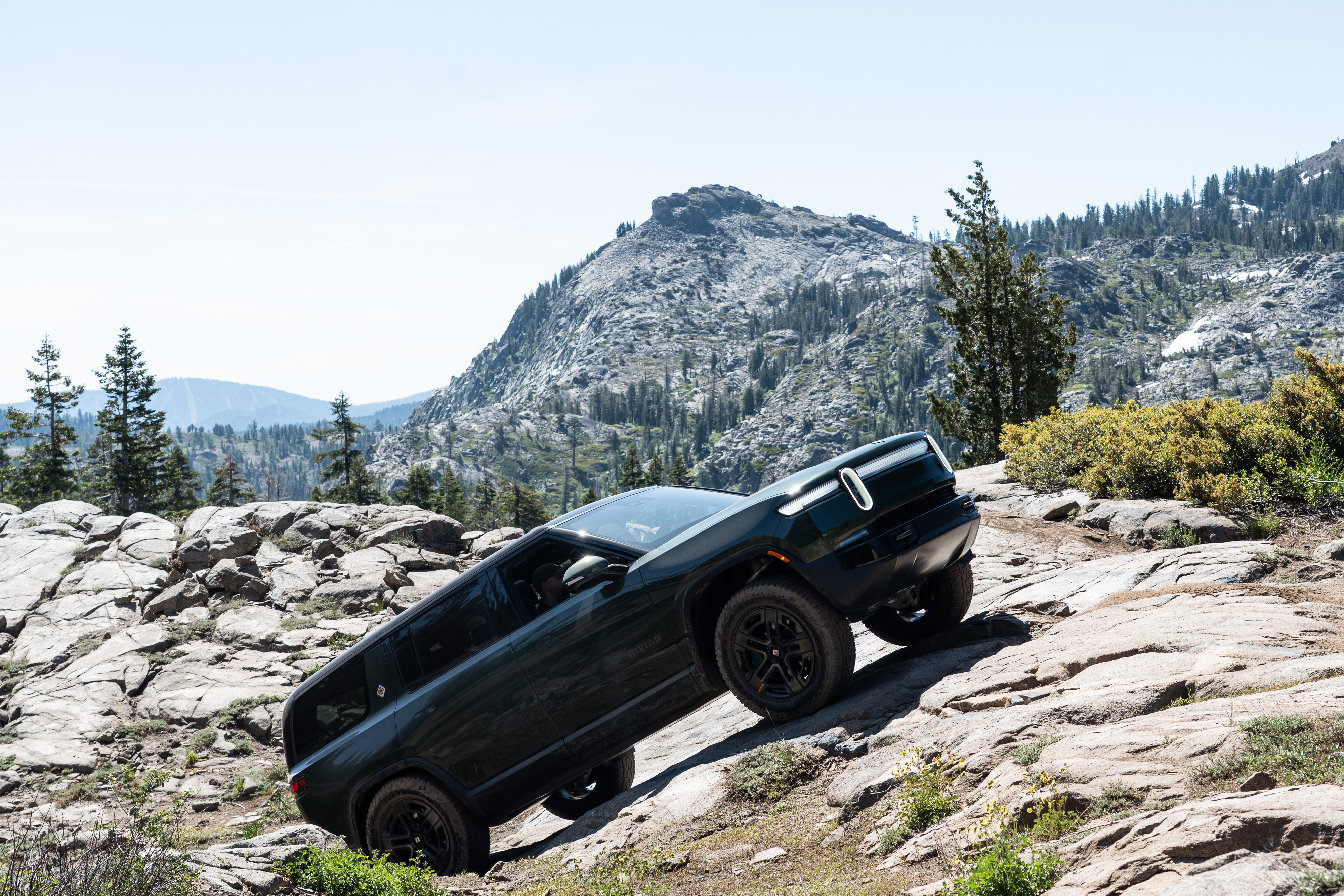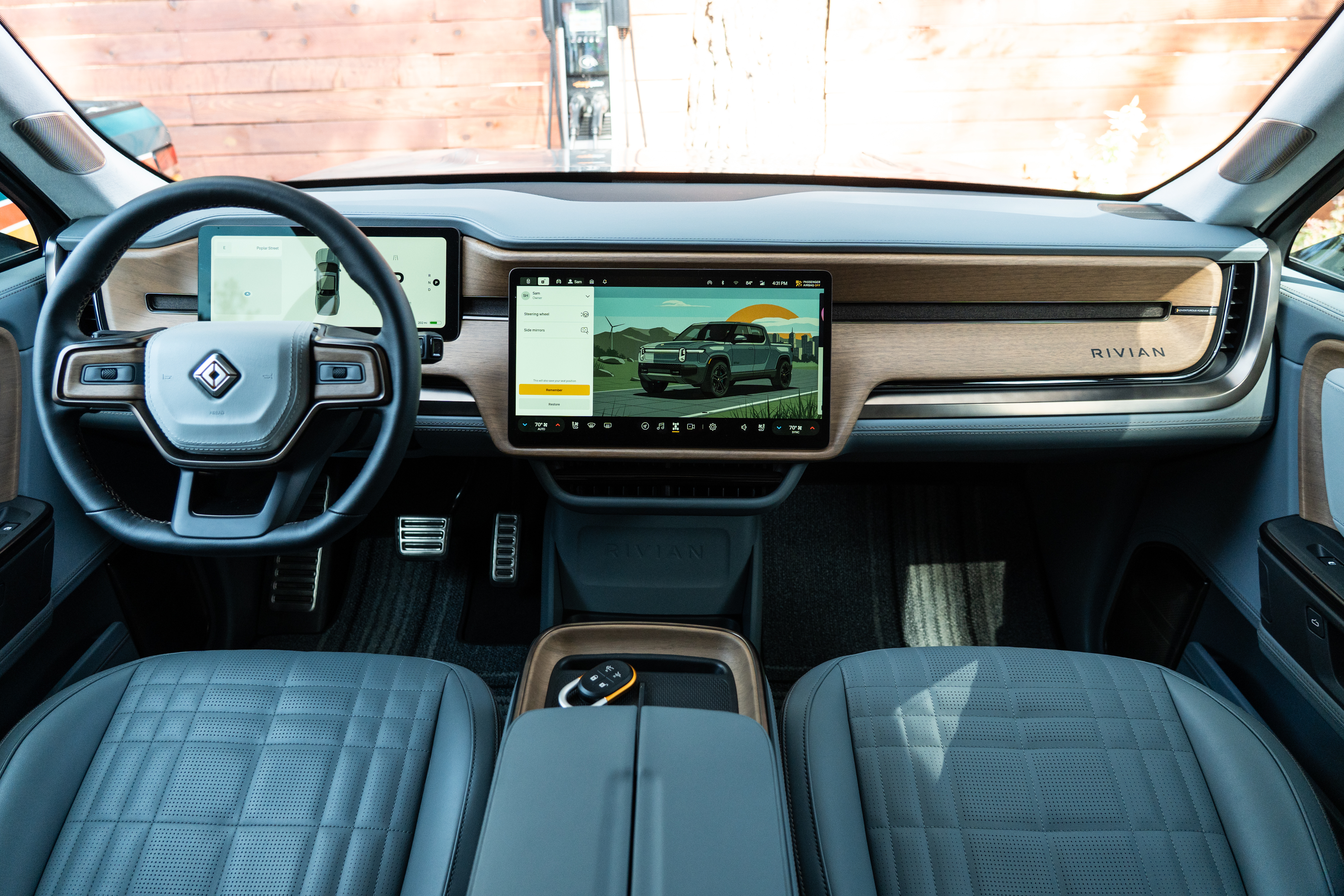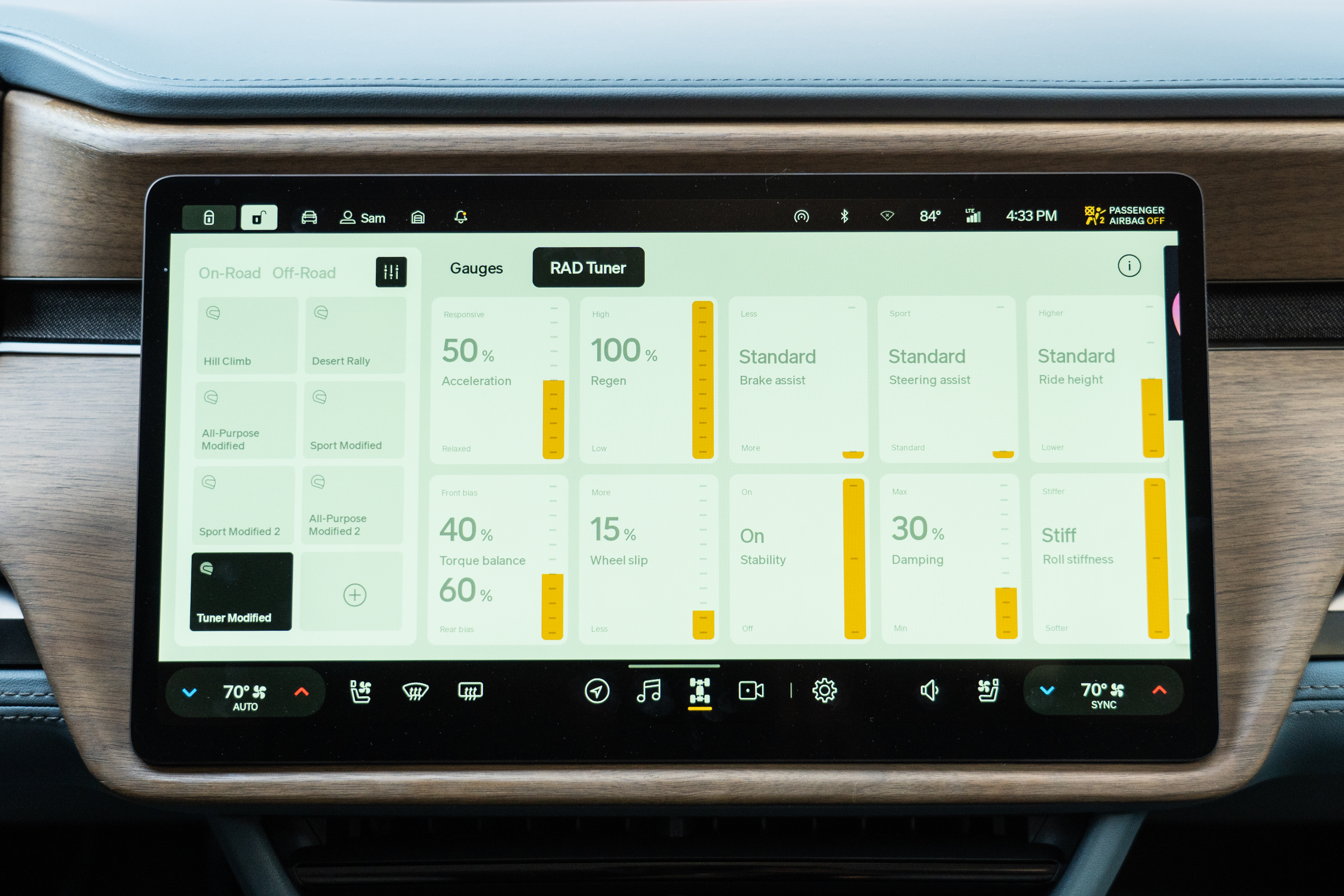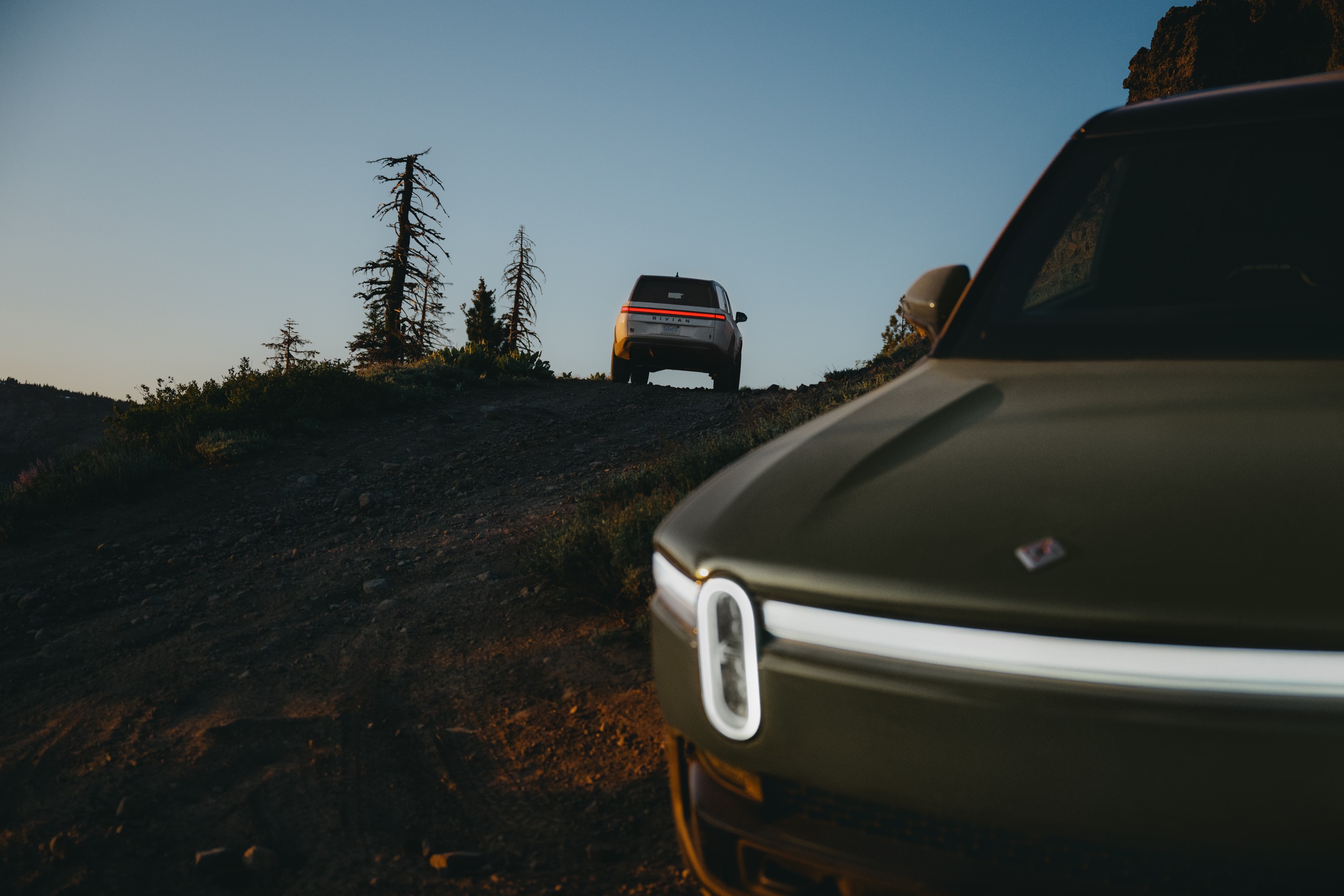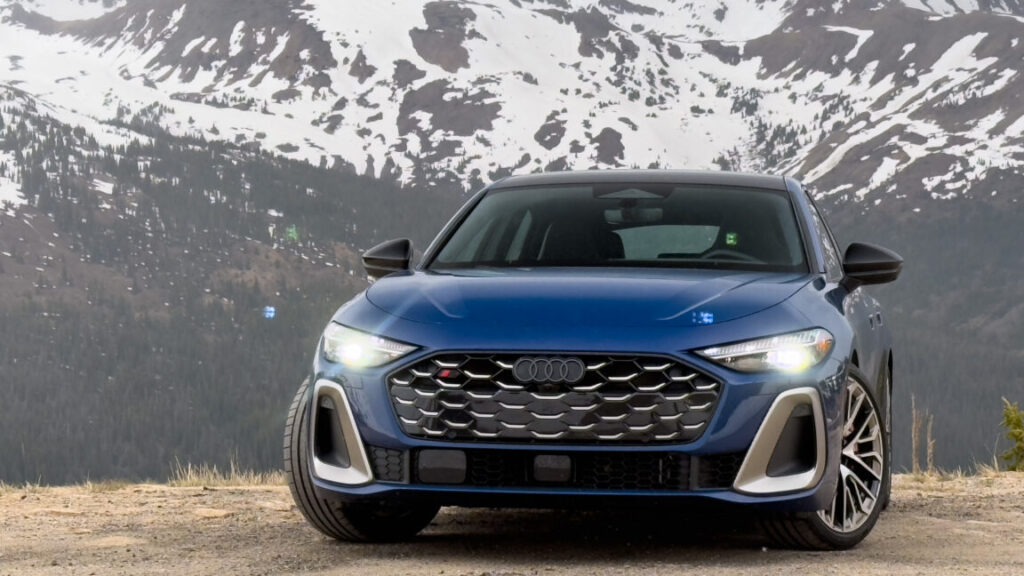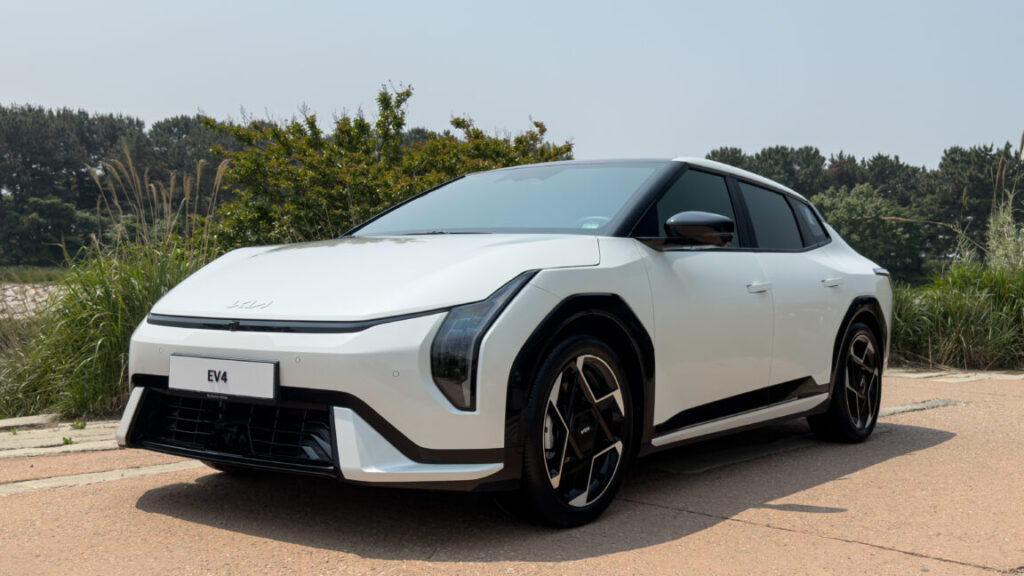Not too big, not too expensive: The Chevrolet Equinox EV
There’s a lot of goodwill out there for the Chevrolet Bolt. As maybe the first properly affordable longer-range electric car on the market, the Bolt wasn’t perfect. It didn’t charge very fast, and people found the seats quite uncomfortable. But it could get more than 230 miles on a single charge—a lot in 2017—and you didn’t have to be flush to afford one. Oh, and it was also pretty good to drive. I know I was a fan from the first time I tried a prototype at CES in 2016.
Understandably, Bolt fans were upset when Chevy decided to kill off the car. Yes, it lacked features compared to more modern EVs, but it is also the brand‘s bestselling EV by quite a country mile. “Not to worry,” said the executives, who told us they had something better coming built on the platform they used to call Ultium but don’t anymore. Starting at around the same $35,000 price tag the Bolt launched with, this would be the new Equinox EV.
That $34,995 price tag was perhaps a bit more appealing when the car was eligible for the now-dead $7,500 IRS clean vehicle tax credit. Truth be told, the LT1 spec is a little bare-boned, and you’ll need to step up to the LT2 we tested—which starts at $40,295—if you want things like heated seats or wireless charging for your devices. (The good news here is that people looking for a bargain should know that used Equinox EVs with decent specs are already much cheaper, just a year after the car’s launch.) And let’s not forget, when the Bolt was young, the more expensive trim was almost $42,000.
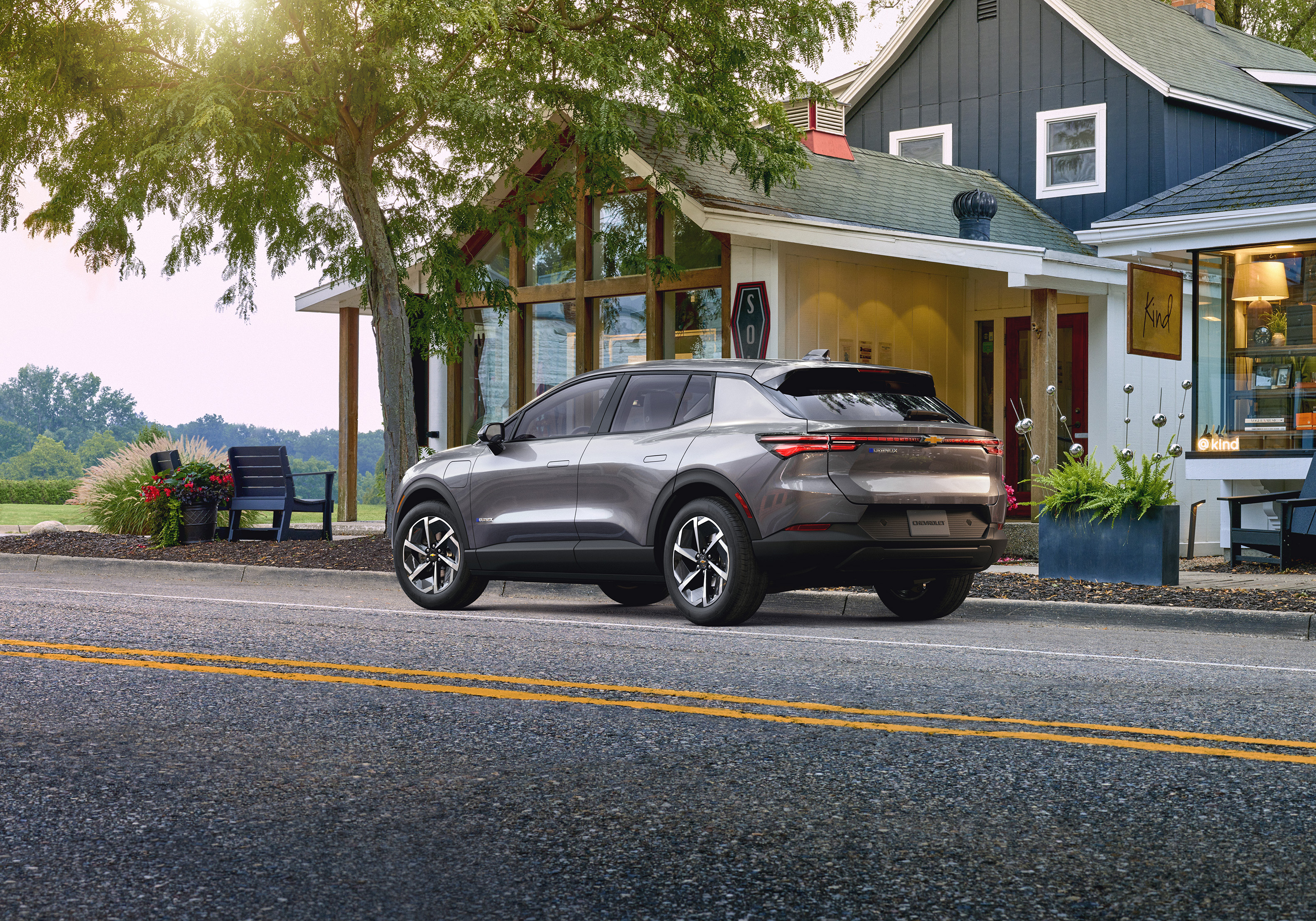
The Equinox EV shares nothing but a name with the gas-powered Equinox crossover. I think the EV version is much nicer to look at. Credit: Chevrolet
Not too big, but not too small
You get quite a lot more EV for the money in 2025 than you did in 2017. The Equinox EV is a whole vehicle class bigger, at 190.6 inches (4,840 mm) long, 77 inches (1,954 mm) wide, and 64.8 inches (1,646 mm) tall. It’s also a lot more comfortable than the subcompact was. The seats haven’t been pared down to save space and weight, and the suspension does a decent job of insulating you from the potholes that always grow around this time of year. And there’s a useful amount of storage space, with 26.4 cubic feet (748 L) of cargo volume with the rear seats in use or 57.2 cubic feet (1,620 L) with the rear seats down.
Not too big, not too expensive: The Chevrolet Equinox EV Read More »
